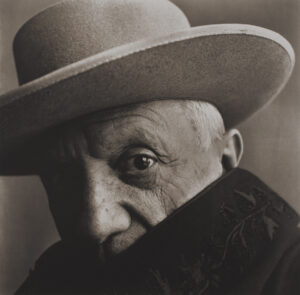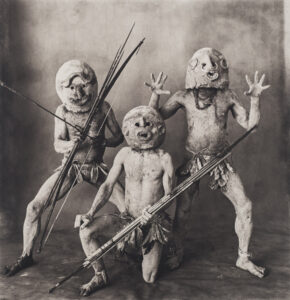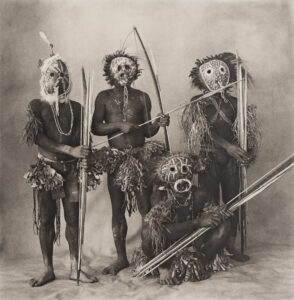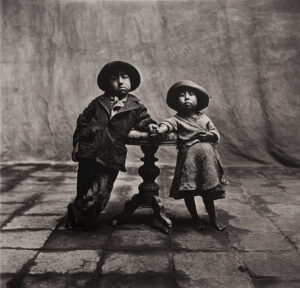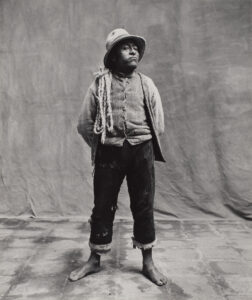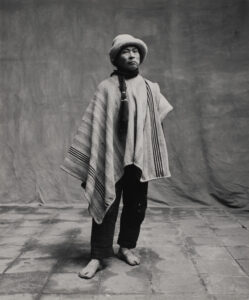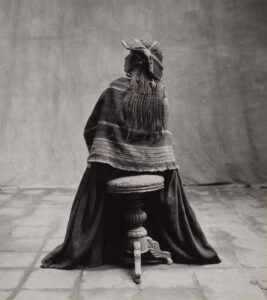Irving Penn
American, 1917—2009
About
Irving Penn
American, 1917—2009
Irving Penn’s photographs have become iconic representations of an era, spanning fashion and commercial editorials, nudes, and portraits of artists, musicians, writers, celebrities, and tribesmen from New Guinea, Peru, and Morocco. Penn first gained recognition in the 1940s for his innovative work at Vogue. His groundbreaking fashion images, which emphasized elegant lines and forms by placing models against minimalist backgrounds instead of typical luxurious settings, established a new style in fashion photography.
His pictures transcend the boundary between fashion and fine art photography. Penn’s versatility extended to his editorial work, where he created striking covers and spreads for magazines. He was a master at capturing the essence of his subjects, whether through the stark simplicity of his fashion photography or the intimate, revealing nature of his portraits. His ability to convey emotion and narrative in a single frame made his work timeless.
Irving Penn’s celebrity sitters included many notable figures of his time, such as Pablo Picasso, Martha Graham, Marcel Duchamp, Georgia O’Keeffe, Tennessee Williams, members of the Hells Angels, and the Grateful Dead. He was equally renowned for his still lifes of flowers, food, and various detritus—cigarette butts, discarded paper cups, and chewing gum. During his travels Penn captures images of indigenous people using a portable studio, resulting in his iconic portraits from Papua New Guinea, South America, and Africa.
Beyond his fashion and portraiture work, Penn’s technical mastery and innovation set him apart. He explored a wide range of photographic techniques, from platinum-palladium printing to silver gelatin prints and dye transfer printing. This technical expertise allowed him to achieve unparalleled depth, richness, and subtlety in his images.
The Museum of Modern Art in New York organized Penn’s first retrospective in 1984. After MoMA, it traveled to over 14 countries. The de Young Museum in San Francisco is currently hosting a retrospective of the artist through July 21, 2024. Initially curated and premiered by the Metropolitan Museum in 2017, this exhibition has been expanded upon with the inclusion of works from the artist’s Summer of Love series. Numerous monographs have been published on Penn’s work, including Worlds in a Small Room (1980, Grossman Publishers), A Notebook at Random (2004, Bulfinch Press), The Small Trades (2009, J. Paul Getty Museum), and Irving Penn: Portraits (2010, National Portrait Gallery Publications). His work is featured in most major museum collections, including the Museum of Modern Art in New York, the Art Institute of Chicago, and the J. Paul Getty Museum in Los Angeles.
Penn’s influence extends beyond photography; his aesthetic principles have impacted the worlds of fashion, art, and design. His legacy continues to inspire photographers and artists worldwide, cementing his place as one of the most important photographers of the 20th century.
All images ©The Irving Penn Foundation
